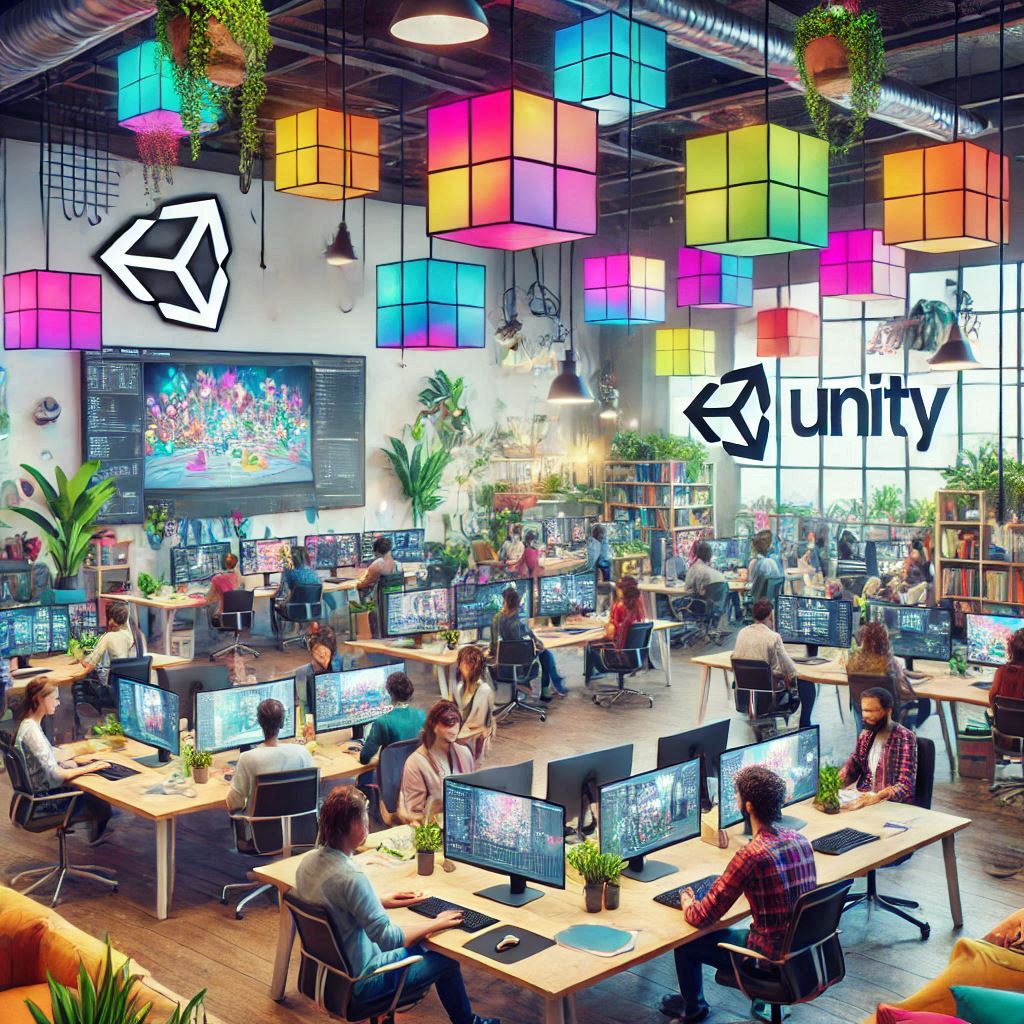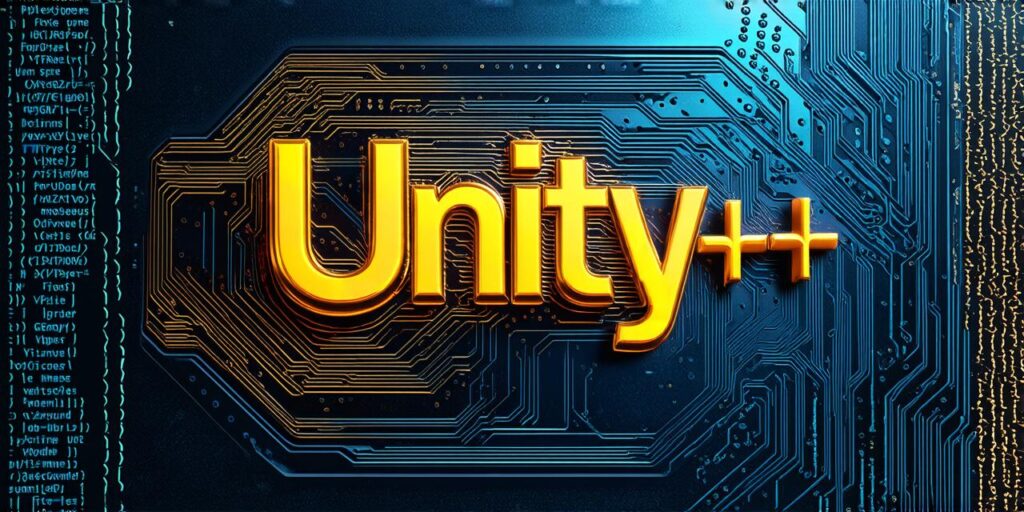
Unity is a popular game engine that can be used for more than just creating games. It is a versatile tool that has a wide range of applications in various fields, including gaming, education, and entertainment.
Gaming
Unity is primarily known as a game engine, and it is widely used by developers to create games for various platforms. It has built-in support for 2D and 3D graphics, physics engines, and networking capabilities, making it an ideal choice for creating interactive experiences. Unity also supports the development of multiplayer games, which can be played across different devices and platforms.
Education
Unity is becoming increasingly popular in the education sector as a tool for creating interactive and engaging learning experiences. With its ability to create 3D models, animations, and simulations, Unity can bring complex concepts to life in a way that is easy for learners to understand. Unity can also be used to create virtual field trips and immersive experiences that allow students to explore real-world environments in a safe and controlled environment.

Entertainment
Unity is not just limited to gaming; it can also be used for creating interactive entertainment experiences. For example, it can be used to create virtual reality (VR) and augmented reality (AR) experiences that allow users to interact with digital content in a new and exciting way. Unity can also be used to create interactive installations, live events, and other types of experiences that engage and entertain audiences.
Advertising and Marketing
Unity is becoming increasingly popular in the advertising and marketing sector as a tool for creating engaging and interactive campaigns. It can be used to create 3D product demonstrations, virtual showrooms, and other types of experiences that allow customers to interact with products and services in a new and exciting way. Unity can also be used to create interactive ads and banners that capture users’ attention and drive traffic to websites and social media pages.
Healthcare
Unity is being used in the healthcare sector to create 3D models, simulations, and other types of experiences that help doctors and medical professionals to better understand complex anatomy and physiology. It can also be used to create virtual reality and augmented reality experiences that allow patients to receive therapy and rehabilitation in a safe and controlled environment.
Conclusion
Unity is a versatile tool with a wide range of applications across various fields. Its ability to create 3D graphics, animations, simulations, and interactive experiences makes it an ideal choice for gaming, education, entertainment, advertising and marketing, healthcare, and other industries. With its continued growth and development, Unity is likely to become an even more popular tool in the years to come.


